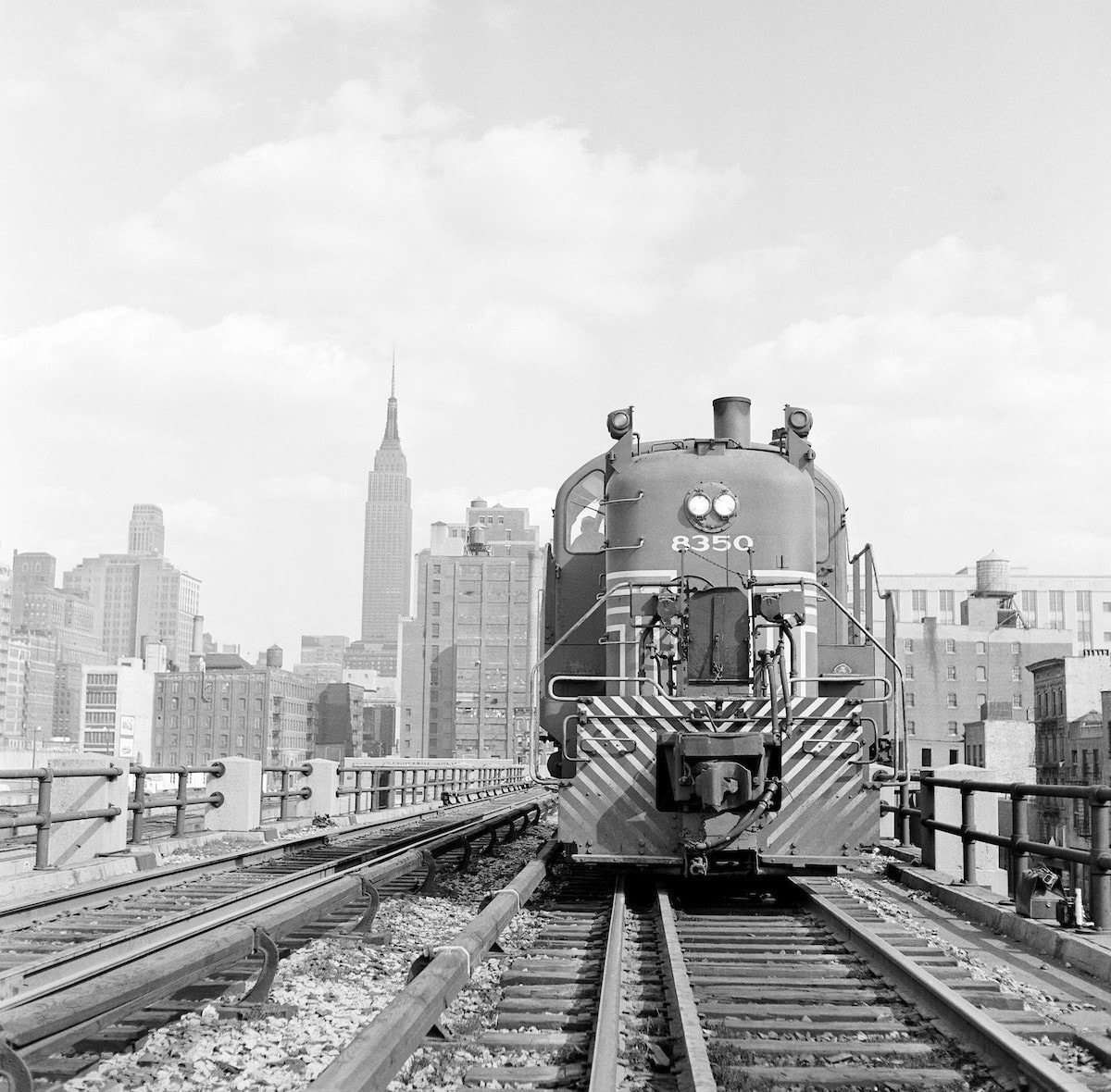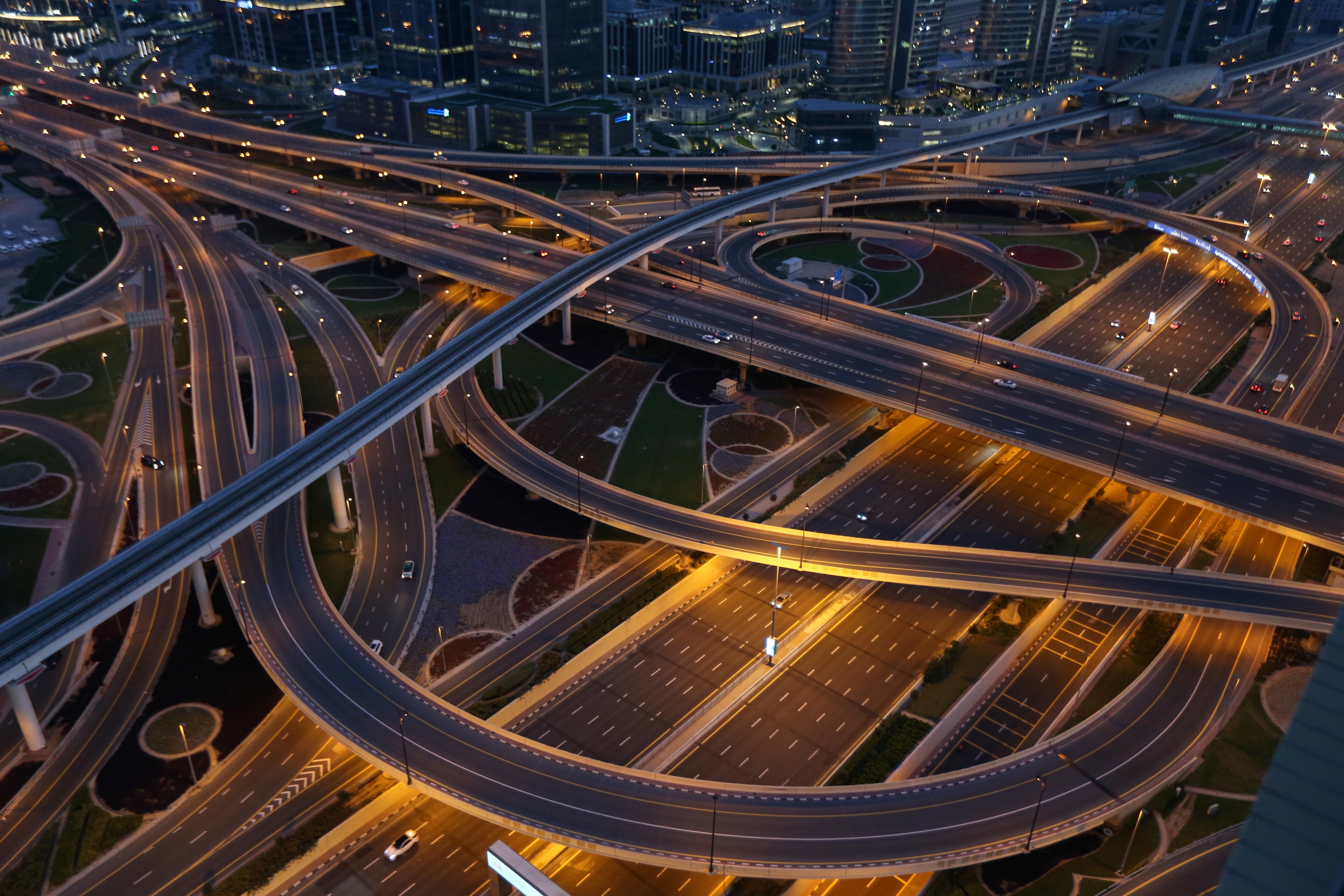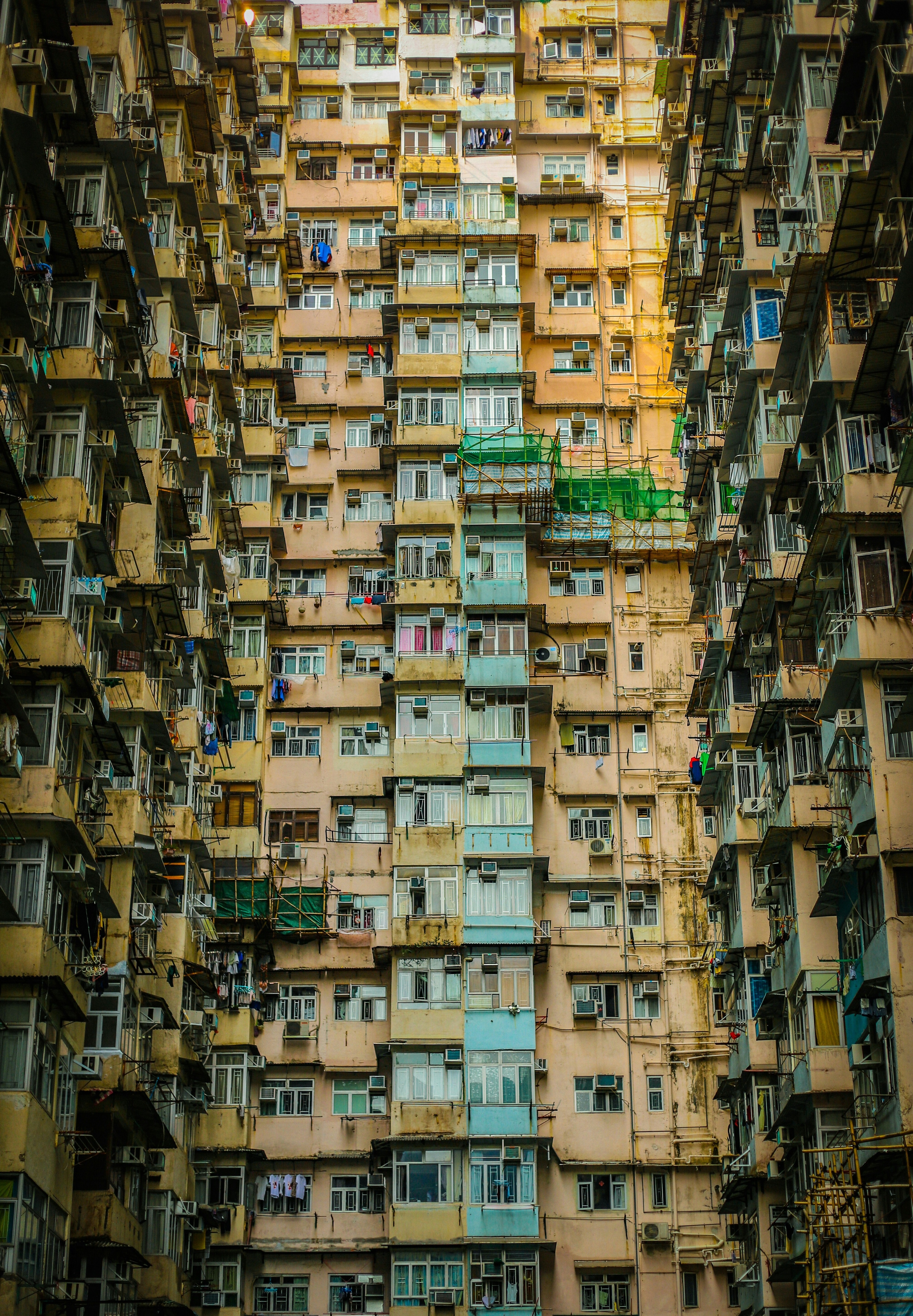A breath of fresh air: How three disused industrial areas became beautiful parks

New York City's High Line is one example of how cities around the world are transforming former industrial sites.
Image: REUTERS/John Schults
Stay up to date:
SDG 11: Sustainable Cities and Communities
- 7.6 million people a year visit New York City’s High Line
- A giant landfill in Tel Aviv has become green space and recycling facilities
- Germany’s Ruhr industrial region is now home to a 450km² park
Cities around the world are revitalizing their industrial zones, with former warehouses and factories becoming prime real estate.
But what about more green space to keep children healthy, reduce our stress levels and support biodiversity?
Here’s a look at three inspiring examples of former industrial areas given a new lease on life as parks.
In 2009, a unique park opened in New York on the site of an old industrial railway track. Once known as the West Side Elevated Line, it transported millions of tons of food across the city, cutting through factories on its way.
Once slated for demolition, the High Line is now home to public spaces and gardens with more than 500 species of plants. And 7.6 million people a year visit the the site and enjoy free community programmes, artwork and performances.


In Tel Aviv, a massive garbage dump has been turned into a green space three times the size of New York City’s Central Park, as part of a large-scale environmental rehabilitation project.
Over 50 years, the former Hiriya landfill accumulated 16 million cubic metres of waste. Its transformation will incorporate wetlands and facilities for the recycling and treatment of waste, including tires, batteries, and construction materials, as well as a biogas fuelling station.
Once completed, the park will also include bike trails, sports fields, birdwatching sites and a 50,000-seat amphitheatre.


The Emscher Landscape Park stretches across 450km² of Germany’s Ruhr Valley, which was once the country’s industrial heartland, studded with factories and coal mines.
Its conversion to parkland began in 1989 and is still ongoing. Today, visitors can cycle along old railway tracks, picnic in disused steelworks and admire after-dark light displays in blast furnaces.
The river running through the park was once the dirtiest in Germany. Now, underground canals channel wastewater away, and the coal and lime that once fell from goods trains has made way for more than 240 plant and animal species.

Around the world, land degradation caused by human activity is putting 3.2 billion people at risk because of pollution, a loss of biodiversity and threats to food security, clean water and energy supplies.
Regeneration plays a critical role in protecting the planet – with help from parks like these.
Accept our marketing cookies to access this content.
These cookies are currently disabled in your browser.
Don't miss any update on this topic
Create a free account and access your personalized content collection with our latest publications and analyses.
License and Republishing
World Economic Forum articles may be republished in accordance with the Creative Commons Attribution-NonCommercial-NoDerivatives 4.0 International Public License, and in accordance with our Terms of Use.
The views expressed in this article are those of the author alone and not the World Economic Forum.
Related topics:
Forum Stories newsletter
Bringing you weekly curated insights and analysis on the global issues that matter.
More on Urban TransformationSee all
Luis Antonio Ramirez Garcia
August 11, 2025
Michael Fröbel and Stanislas Hillen
August 8, 2025
Jeff Merritt and Vivian Brady-Phillips
July 25, 2025
Muhammad Hassan Dajana and James Balzer
July 22, 2025
Olivia Nielsen
July 16, 2025





